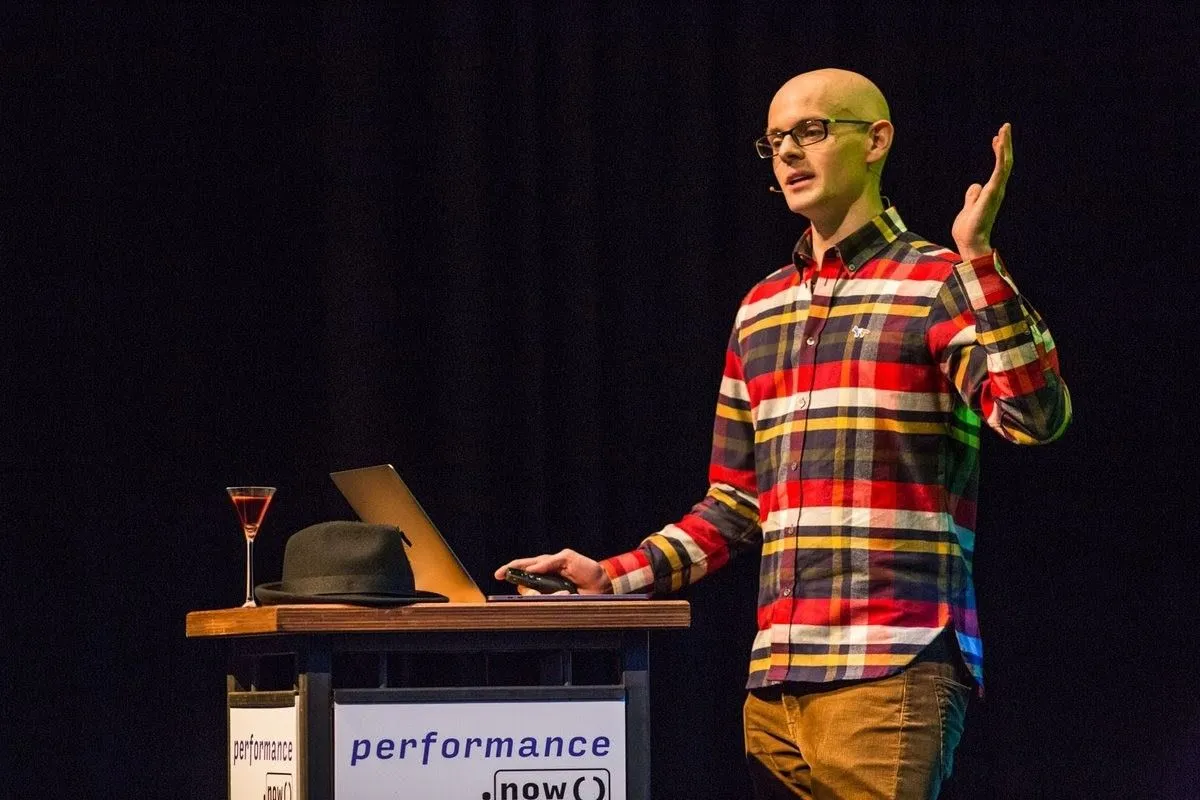
 Andrew Betts
Andrew Betts
- Mixes drinks
- Fig I
- Manhattan
- Wears hats
- Fig II
- Fedora
- Writes code
- Fig III
- Laptop
- Knows things
- Fig IV
- Experience


I like making things, standards, open source, and helping people
solve problems.
Read more about my career and experience in
my resume.
Scan the QR code for my
contact card!
| ISO | Conventional short name | Number of visits | Last visit |
|---|---|---|---|
| PT | Portugal | 47 | 2025 |
| US | United States | 21 | 2025 |
| DE | Germany | 11 | 2024 |
| JP | Japan | 11 | 2024 |
| FR | France | 7 | 2023 |
| GB | United Kingdom | 6 | 2025 |
| TH | Thailand | 5 | 2024 |
| NL | Netherlands | 4 | 2025 |
| SG | Singapore | 3 | 2018 |
| HK | Hong Kong | 3 | 2019 |
| AU | Australia | 2 | 2017 |
| ZA | South Africa | 2 | 2018 |
| MY | Malaysia | 2 | 2018 |
| FI | Finland | 2 | 2018 |
| CN | China | 2 | 2019 |
| MA | Morocco | 2 | 2022 |
| ES | Spain | 2 | 2023 |
| IT | Italy | 2 | 2024 |
| ZW | Zimbabwe | 1 | 2001 |
| BE | Belgium | 1 | 2002 |
| HU | Hungary | 1 | 2002 |
| GR | Greece | 1 | 2002 |
| RU | Russia | 1 | 2003 |
| KH | Cambodia | 1 | 2004 |
| EG | Egypt | 1 | 2005 |
| IN | India | 1 | 2005 |
| VN | Vietnam | 1 | 2007 |
| IE | Ireland | 1 | 2008 |
| MZ | Mozambique | 1 | 2008 |
| SZ | Eswatini | 1 | 2008 |
| LA | Laos | 1 | 2009 |
| EE | Estonia | 1 | 2012 |
| CH | Switzerland | 1 | 2013 |
| CA | Canada | 1 | 2013 |
| CR | Costa Rica | 1 | 2013 |
| NZ | New Zealand | 1 | 2015 |
| SE | Sweden | 1 | 2018 |
| UA | Ukraine | 1 | 2019 |
| HR | Croatia | 1 | 2021 |
| LK | Sri Lanka | 1 | 2022 |
| PE | Peru | 1 | 2023 |
| TW | Taiwan | 1 | 2024 |
Current and historical location data powered by Home Assistant. Location updates lag real time by 8 hours.
Most icons used courtesy of Icons8. BlueSky icon by Iconpacks.
© Copyright 2002-2025 Andrew Betts. All Rights Reserved.